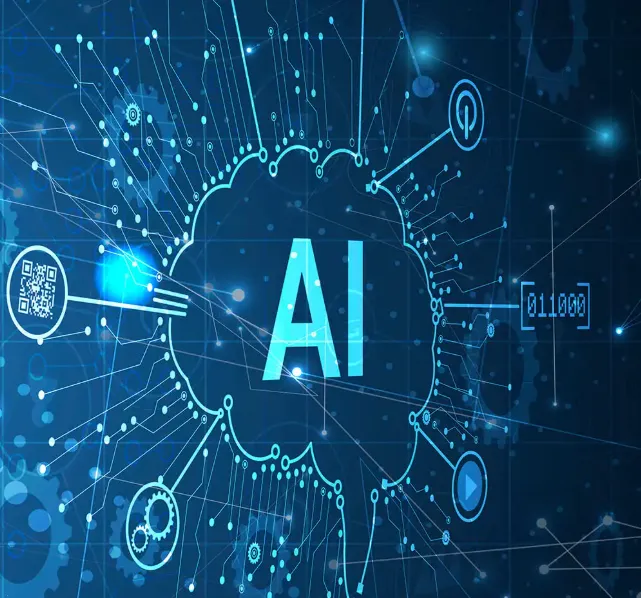In today’s digital marketplace, customer experience has evolved from being a nice-to-have to a key driver of business growth and loyalty. As customer expectations continue to rise, businesses face increasing pressure to provide personalized, seamless, and timely interactions across multiple channels. This is where artificial intelligence (AI) steps in—not as a passing trend, but as a game-changing tool for enhancing how companies connect with their audiences.
From my perspective as a marketing and communications manager at a financial institution dedicated to community impact, I’ve witnessed firsthand how AI can completely transform the way customer relationships are managed. Our decision to adopt an AI-powered customer relationship management (CRM) system wasn’t about following the latest buzz. It was about solving very real challenges: missed inquiries, slow response times, and disorganized follow-ups. The results were immediate and striking.
From Disorganized Processes to Smart Workflows
Before integrating AI, our lead management process was messy and inefficient. Social media messages often went unanswered, email inquiries were delayed as they were manually routed, and important follow-ups sometimes slipped through the cracks. This not only hurt our response time but also our ability to build strong relationships with potential members.
With AI-driven automation, we were able to create a seamless communication flow that addressed these pain points. The CRM’s AI features enabled us to set up dynamic response templates for frequently asked questions, allowing common inquiries—like product details or service availability—to be addressed instantly. This reduced the workload for our team while drastically improving response speed and overall customer satisfaction.
Even more importantly, leads were no longer treated as generic entries in a database. AI helped us categorize and route inquiries based on factors like customer interests, location, and interaction history. For example, someone exploring a home loan option received targeted information about loan products rather than general membership details. This personalized, context-aware approach built trust and made every interaction more meaningful.
Data-Driven Insights for Smarter Decisions
Before implementing AI, tracking engagement felt like piecing together a puzzle without all the pieces. Now, real-time dashboards provide clear visibility into customer behaviors. We can see which campaigns are performing, which content drives engagement, and where potential members are dropping off during the journey.
This level of insight has allowed us to make quick, informed decisions. If we notice an increase in questions about a particular service, we respond proactively by creating targeted campaigns—emails, social posts, or even short videos—tailored to that specific need. By leveraging behavioral data, we’ve moved from simply reacting to issues to anticipating customer needs before they arise.
Scaling Personalization Without Losing the Human Touch
A common misconception about automation is that it makes interactions feel impersonal. Our experience has been the opposite. By automating repetitive administrative tasks, our team now has more time to focus on meaningful conversations and strategic initiatives.
AI has also helped us personalize our tone and communication style for different audiences. A young first-time customer receives a warm, approachable message, while corporate clients are engaged with a more formal and professional tone. This balance of consistency and personalization has strengthened our brand voice and customer relationships.
Key Takeaways for Leaders
For business leaders and marketing professionals considering AI, my advice is simple: don’t adopt AI because it’s trendy. Implement it because it helps you serve your customers better. Start small and scale gradually.
In our case, we began by automating lead scoring and follow-up emails. Once those processes were running smoothly, we added social listening tools and chatbot integrations. Every new implementation was guided by a single question: “Will this make our customers’ experience easier, clearer, or more valuable?”
The Future of AI in Customer Experience
As we continue refining our AI strategy, our focus isn’t on replacing humans but on creating harmony between technology and human connection. The goal is not full automation but intelligent support that empowers teams to provide exceptional service.
In a world where customers crave authenticity, the combination of human empathy and AI-driven efficiency represents the future of customer experience. Businesses that strike this balance will not only meet customer expectations but exceed them, setting a new standard for engagement in the digital age.







